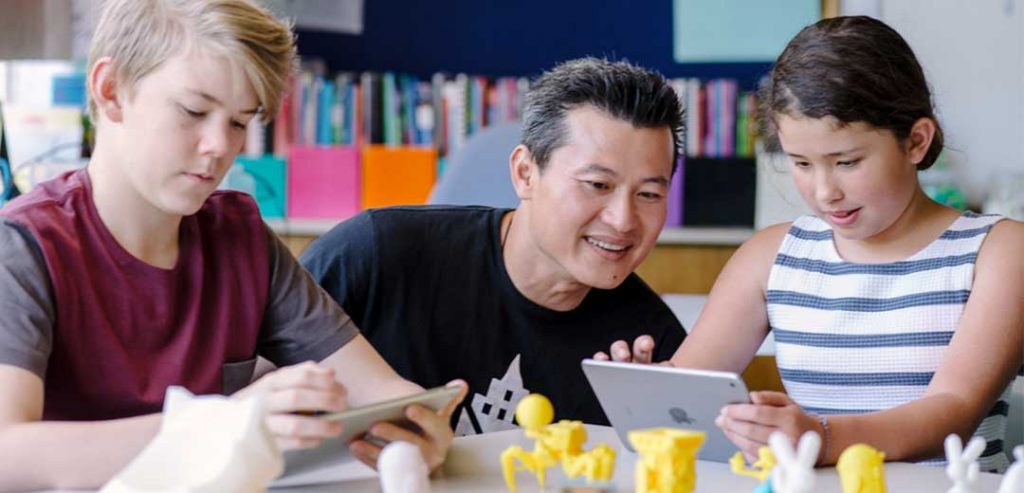GE is now accepting 2018 applications for its GE Additive Education Program (AEP).
The program, now in its second year, will see GE investing a total of $10 million over five years in delivering polymer 3D printers to schools, and metal 3D printers to colleges and universities around the world.
The 2018 AEP has also gained a sponsor in award winning 3D printer manufacturer Ultimaker, which will supply the program with 3D printers.
A program for 3D printing across all levels
In 2017, GE launched the AEP with the aim of “enabling educational institutions to provide access to 3D printers” and “help accelerate the adoption of additive manufacturing worldwide.”
The $10 million investment includes $2 million to subsidize desktop 3D printers at primary and secondary schools, with priority given to schools strongly committed to STEM/STEAM programs.
The further $8 million has been set aside to subsidize metal 3D printers at colleges and universities, particularly for institutions with curriculum and/or research underway in the area of additive manufacturing.
Each institution may submit an application which is assessed against set criteria. The AEP 2018 has additionally introduced a new scheme allowing any organization or individual to apply for a subsidy to purchase 3D printers (enabled with the Polar Cloud slicing software) and curricula on behalf of educational institutions.

Building on the success of GEA 2017
In January 2017, Cincinnati-based 3D printer manufacturer Polar 3D was selected as the first recipient of funding from GE. With the monet, Polar 3D supplied schools with an educational package of 3D printers enabled with Polar Cloud, professional training, STEAMtrax curriculum, and materials.
After applications were received, over 400 K-12 level schools received two 3D printer packages each, incorporating design with additive manufacturing and professional development.
A further eight colleges and universities across the US and Australia received a Concept Laser MLAB100R metal additive manufacturing system in 2017, valued at $250,000. Jason Oliver, CEO of GE Additive stated:
“It is estimated that 180,000 students worldwide now have access to 3D printers as a result of the Education Program. We are excited to continue the program in 2018 and give students across all grades exposure to additive manufacturing.”
“This will help promote interest in STEM and create a pipeline of qualified engineers and technicians to accelerate the adoption of additive manufacturing,” Oliver concluded.

Ultimaker joins the 2018 GEA program
In addition to its Pioneer Program for educators, sponsorship of the Construct3D education conferences, and partnership with the CREATE Education project, Ultimaker has now joined the AEP as a sponsor, and has Polar Cloud-enabled its 3D printers for use in the program. Polar 3D President Greg LaLonde said:
“As we enter year two of the AEP, we have seen the benefits of enabling schools with additive technologies. Students are learning at a young age to use digital tools to help boost creativity and productivity, and to prepare themselves for the quickly-changing workplace.”
“Ultimaker has a proven track record of making 3D printing affordable and accessible across broad bands of education and professional settings, and we’re proud to have them join the effort,” LaLonde added.
Tell us who you think the best 3D printing educator has been this year. Make your nominations for the 3D Printing Industry Awards 2018 now.
For more stories on 3D printing and education, subscribe to our free 3D Printing Industry newsletter, follow us on Twitter, and like us on Facebook.
Featured image shows the Polar 3D printer in use by students. Photo via Polar 3D.


